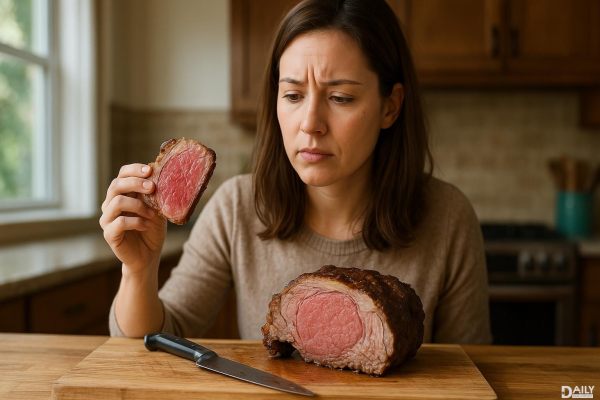If you're aiming for pig feet that are so tender they practically melt off the bone, you're looking at a slow and low cooking time—anywhere from 3 to 6 hours, depending on your method. Whether you're braising, pressure cooking, or slow roasting, the key is patience. Pig feet are loaded with collagen, which means they need time to break down into that silky, gelatinous goodness we all crave. Skip the rush, and you'll be rewarded with meat so soft it barely needs chewing.

Pig feet aren’t just a Southern delicacy—they’re a collagen goldmine. That tough, rubbery texture when raw? That’s connective tissue working overtime. Collagen doesn’t surrender easily; it needs hours of gentle heat to transform into melt-in-your-mouth gelatin. Think of it like a culinary magic trick—low heat over a long stretch turns chewy into creamy. If you’ve ever had pho or ramen with that luxurious broth, you’ve tasted what happens when collagen gets the time it deserves. Same deal with pig feet: rush it, and you’ll be gnawing like a teething puppy. Take your time, and it’s like meat butter.
Braising is the OG method for pig feet perfection. Here’s the play-by-play: Sear them first to lock in flavor (because nobody likes pale, flabby skin), then let them simmer in a flavorful bath—broth, aromatics, maybe a splash of vinegar to help break things down. Cover and cook at 300°F for 4-6 hours. The liquid should barely bubble—aggressive boils toughen meat. Pro tip: If you can nudge the meat with a spoon and it slides off the bone? You’ve nailed it. Too firm? Keep going. This isn’t a "set it and forget it" situation—peek occasionally to ensure the liquid hasn’t evaporated into a sticky disaster.
Short on time? A pressure cooker cuts the wait to 1-1.5 hours while still delivering fall-apart texture. The high-pressure environment forces heat into every nook, accelerating collagen breakdown. Just add liquid (at least a cup—dry feet are sad feet), seal it up, and let the machine work its magic. Natural release is crucial here; a quick pressure drop can make the meat seize up like it’s doing an impression of jerky. Bonus: The concentrated cooking liquid makes a killer base for gravy or sauces. Downside? You miss out on that slow-cooked caramelization, so consider a quick broil post-cooking for some crispy edges.
Smoking pig feet is like giving them a spa day followed by a flavor bomb. Start with a dry rub (brown sugar, paprika, and garlic powder are solid choices), then let them smoke at 225°F for 5-6 hours. The goal isn’t just cooked—it’s tender with a smoky bark. Spritzing with apple juice every hour keeps them moist, and wrapping in foil after 3 hours prevents them from turning into hoof-shaped charcoal. Finish them uncovered to set the glaze. This method demands attention, but the payoff—a sticky, smoky, slightly sweet crust with luscious meat beneath—is worth every minute.
Pig feet are a worldwide affair, and every culture has its hack for perfection. Filipinos simmer them in soy and vinegar for paksiw, a tangy stew that cuts through richness. Germans boil them with juniper berries for Eisbein, serving them with sauerkraut to balance the fat. In Jamaica, they’re stewed with Scotch bonnets and allspice for a fiery kick. The common thread? Acid (vinegar, citrus) to tenderize, aromatics to deepen flavor, and enough time to let the magic happen. Steal these tricks—a splash of apple cider vinegar in your braise or a habanero in the pot can elevate your dish from good to "where’s my passport?"
Some mistakes will haunt your pig feet journey. Don’t skip the pre-cook scrub—those trotters have seen things (dirt, barnyard nonsense). A stiff brush under cold water is non-negotiable. Don’t crowd the pot; pig feet need room to bob freely in their cooking liquid. Don’t blast the heat—high temps make rubber, not tenderness. And for the love of crispy skin, don’t forget to dry them thoroughly before searing or smoking. Wet feet steam instead of sear, and nobody wants soggy skin. Lastly, don’t toss the cooking liquid—that collagen-rich broth is liquid gold for soups or sauces.
Perfect pig feet aren’t about fancy techniques—they’re about respecting the process. Low heat, ample time, and a watchful eye turn these humble cuts into something extraordinary. Whether you’re going for smoky, braised, or pressure-cooked, remember: Good things come to those who wait. And in this case, what comes is a plate of meat so tender, you might just forget it came from a foot.
























